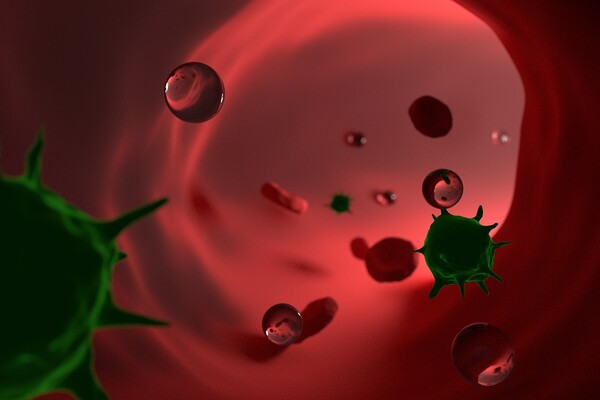Six out of 10 acute leukemia patients who have undergone an allogeneic hematopoietic stem cell transplant find life after transplant to be more painful than before the transplant, according to a new study.
The Korea Blood Disease and Cancer Association (KBDCA) surveyed 203 patients with acute lymphoblastic leukemia (ALL) and acute myeloid leukemia (AML), as well as their caregivers, from May 26 to June 25 to identify practical ways to improve the treatment environment.

Allogeneic hematopoietic stem cell transplantation is a treatment that offers people with ALL and AML the hope of a cure. However, the survey results show that life after transplant is not what patients expect, with physical, mental, and financial challenges.
Of the 155 patients who have undergone transplant, more than half (59 percent) reported that “life after transplant was harder than before transplant,” and 54 percent rated their overall quality of life as worse.
Among those who have undergone transplant, 68 percent reported mental stress (depression and anxiety).
In addition to these mental difficulties, patients experienced side effects that can have profound social implications, such as infertility and sexual dysfunction (42 percent), and a range of physical effects, including fatigue and weakness (75 percent), rashes and skin problems (63 percent), and weight changes (54 percent).
These challenges also limit the ability to return to normal activities after transplant. Forty-five percent of all transplant recipients report that they have not yet returned to work.
Financial burden is also a real barrier for patients. More than 40 percent of transplant recipients paid more than 30 million won ($21,630) for their transplant treatment, and a significant number of patients (63 percent) also reported psychological stress related to the cost of transplantation.
In particular, about 24 percent of the transplant recipients surveyed experienced a relapse, and 43 percent of them underwent a re-transplant.
These show that allogeneic stem cell transplantation does not lead to a cure for all patients, contrary to patients' expectations, and that relapse can be a factor that can lead to repeated bouts of illness or even a deterioration in quality of life.
Sixty-eight percent of patients surveyed expect the KBDCA to play a key role in activities related to the rapid introduction and coverage of new drugs.
Based on the pain and voices of patients with acute leukemia revealed through this survey, we have realized the need for substantial improvements in the treatment environment and policy changes,” KBDCA General Manager Park Jung-sook said.
The association will continue to do its best to improve access to various treatment alternatives other than allogeneic stem cell transplantation for patients with acute leukemia and reduce the physical, mental, and economic burden on patients through the rapid introduction of new drugs that can help patients avoid the risk of relapse and look forward to a cure, Park added.
Related articles
- [Column] CAR-T transformed treatment hopes for DLBCL, but Korea has a long way to go
- MSD Korea wins coverage boost for transplant infection drug Prevymis
- New therapies push childhood leukemia cure rates to 90%
- [ICKSH 2025] Molecular insights and targeted therapies take center stage in AML care
- [ICKSH 2025] ‘Don't let treatment kill the patient before the disease does’: Mayo Clinic doctor
- [ICKSH 2025] CAR-T therapy reshapes lymphoma treatment amid new strategies and resistance challenges
- [Column] New targeted therapies expand treatment options for acute myeloid leukemia patients
- [Interview] 'Adults with ALL need the most effective drugs first’: Hematologist warns of widening treatment gap'

